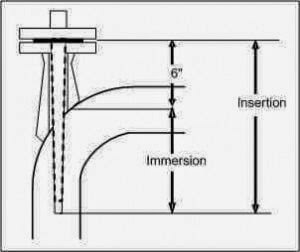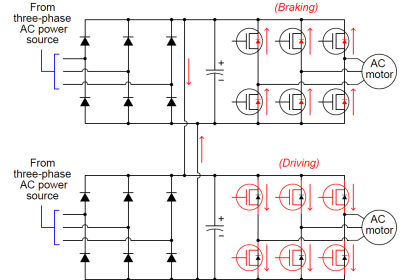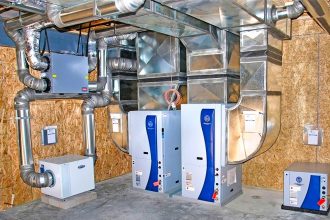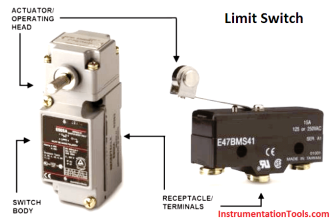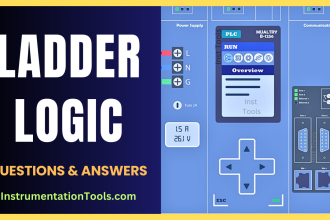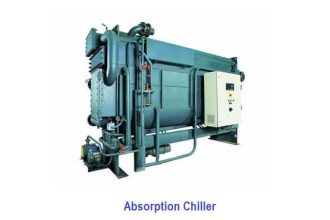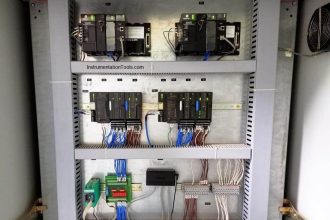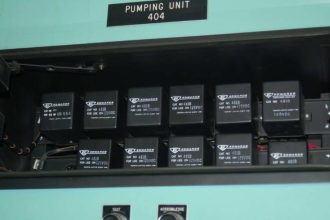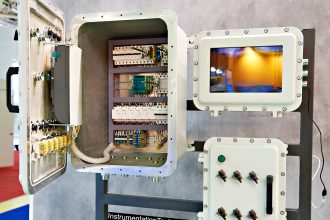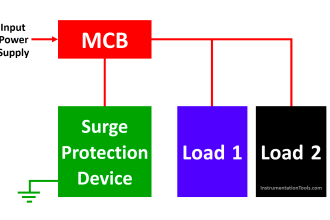Operation principle of synchronous machine is quite similar to dc machine. However difference exists in the synchronous machine as there is no need to rectify the time varying emf generated in the armature winding by commutator. Hence in place of commutator slip rings are provided in synchronous machine.
For alternators we see in big power plants armature will be on stator and field winding will be on rotor. Some of the questions to be answered is what happen when the field is placed on stator and armature is on rotor like dc machine? What are the merits and demerits in placing armature on stator?
Why Rotating Magnetic field:
Like dc machine armature of the machine can be placed on the rotor and still we can operate the synchronous machine. Main problem arises for large rating machines when the armature is placed on the rotor shaft large currents are to be collected by the brushes of the machine at higher voltages, which results in sparking and wear and tear of the brushes.
More than the above reasons the cost of the brushes employed will be huge as it has to able to carry large currents. Therefore for large rating machines (500kVA to 750MVA) armature is placed on the stator which requires no brushes to collect the large currents. For lower rating machines (up to 250kVA) armature of the machine can be placed on the rotor as the current to be collected will be small.
